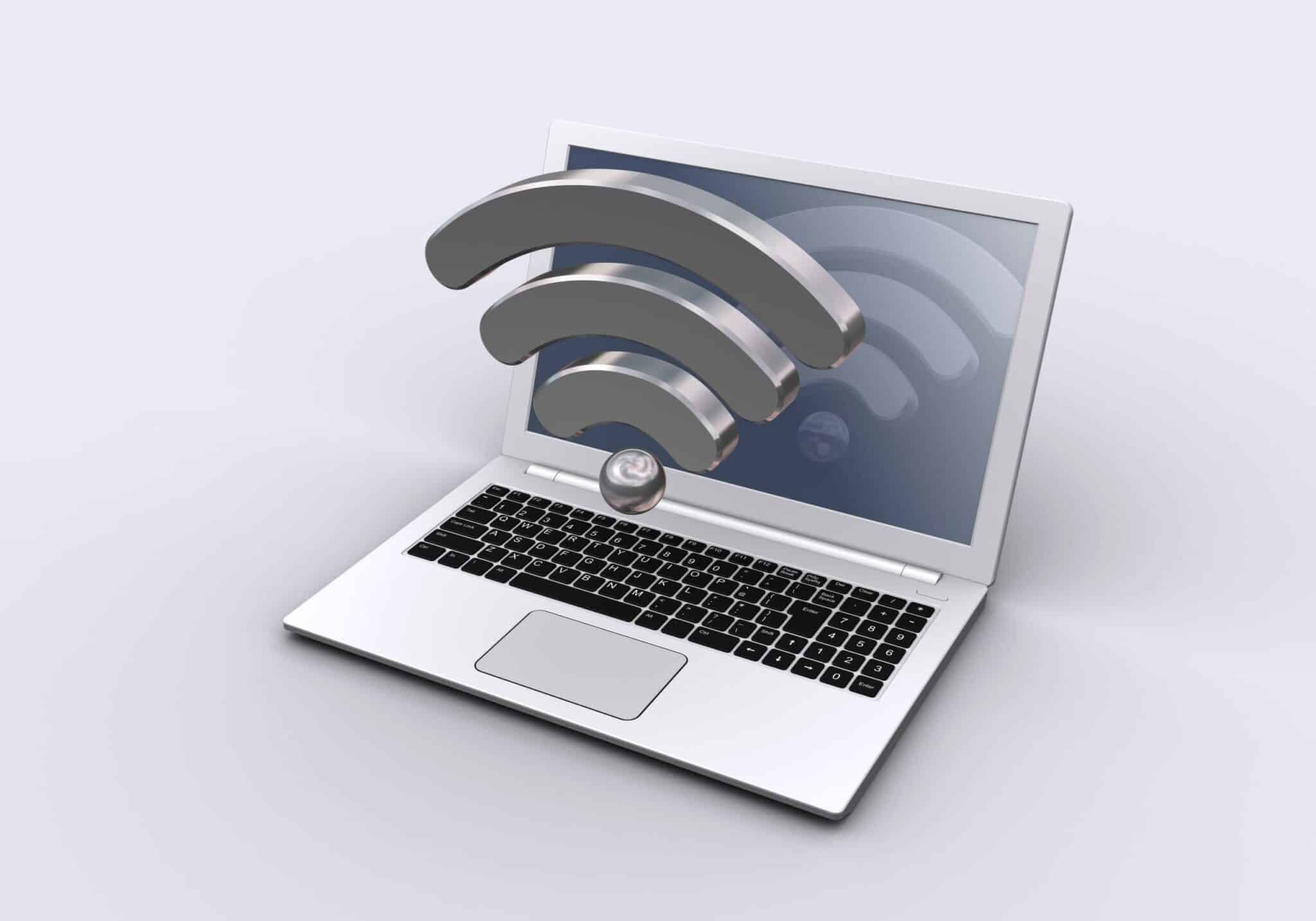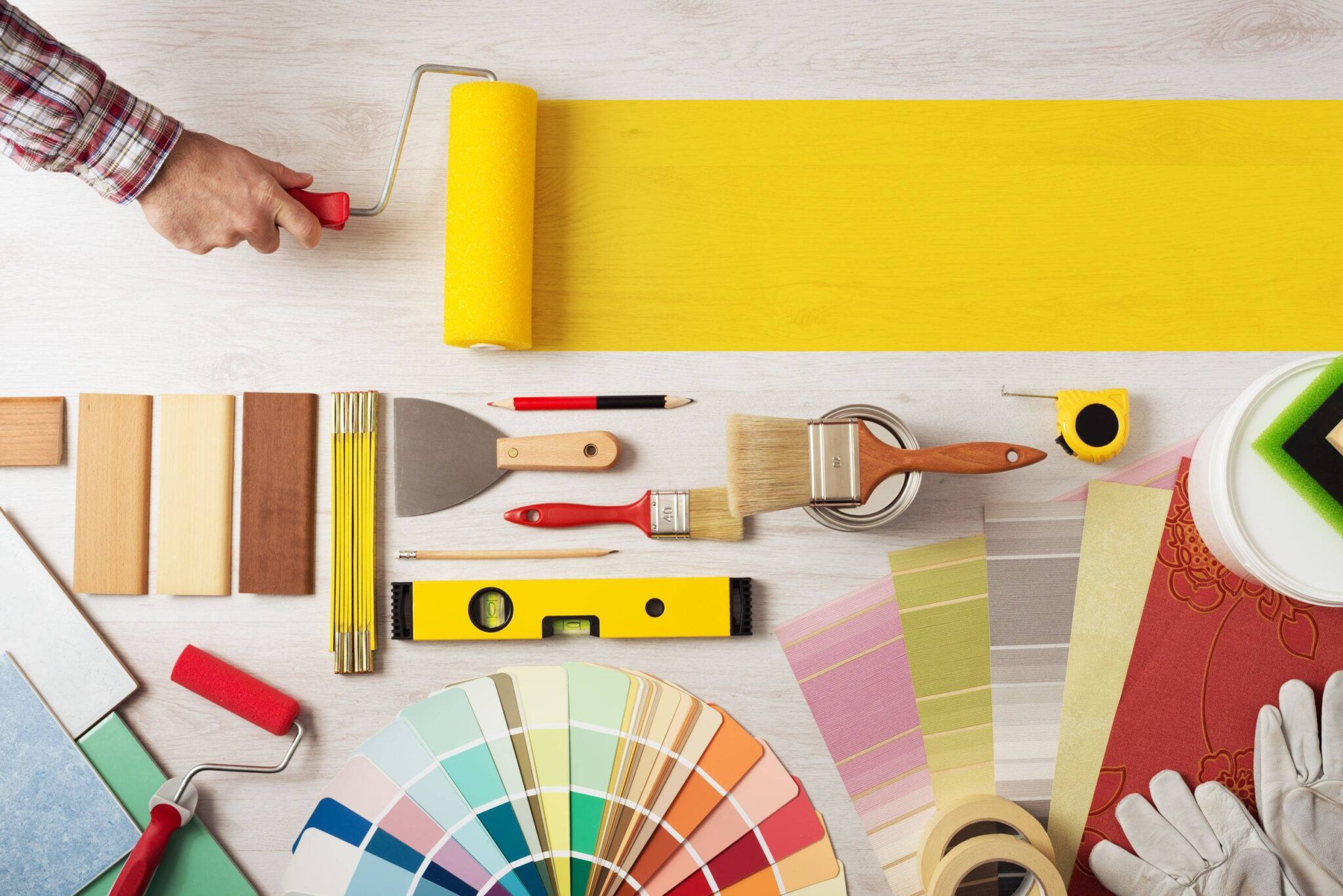
Are you tired of dealing with slow internet speeds and constant buffering? Do you find yourself wondering how to fix poor Wi-Fi and boost your Wi-Fi signal at home? Look no further! We know how important a decent Wi-Fi signal is in your home. In fact, many home movers check internet speeds before making a decision to view a property!
The fact is that many of us have multiple devices, working from home is common and dare we even mention the need for a good Wi-Fi signal during the school holidays, so it’s no wonder that Wi-Fi can be sluggish when it’s having to work extra hard. According to broadband.co.uk, the UK average download speed is 78.48Mbps, yet it’s still not unusual to experience buffering.
In this blog post, we will provide actionable tips and advice on how to improve your home Wi-Fi and enhance your internet experience.
1. Upgrade Your Router
One of the most effective ways to improve your home Wi-Fi is by upgrading your router. Older routers may not be equipped to handle multiple devices and higher internet speeds. Invest in a modern router with the latest technology and a strong signal range. Look for routers with dual-band capabilities, ensuring compatibility with both 2.4GHz and 5GHz frequencies. This upgrade will significantly boost your Wi-Fi signal and performance.
2. Optimize Router Position in Your Home
Sometimes, the location of your router can make a world of difference to your Wi-Fi signal strength. Place your router in a central location within your home to ensure maximum coverage. Avoid placing it near walls, appliances, or other electronic devices that can interfere with the signal. Elevating the router, such as placing it on a shelf or mounted on a wall, can also help eliminate obstructions and improve coverage.
3. Secure Your Wi-Fi Network
If you’re wondering how to fix poor Wi-Fi, securing your network is crucial. An unsecured Wi-Fi network puts your personal information at risk and can lead to unauthorised use of your bandwidth, slowing down your connection. Set up a strong password and enable encryption protocols like WPA2 to protect your network from potential intruders. Regularly update your router’s firmware to ensure security patches and performance enhancements.
4. Reduce Interference
Wi-Fi signals can be easily disrupted by interference from other electronic devices. Identify devices in your home that may interfere with your Wi-Fi signal, such as cordless phones, microwaves, baby monitors, or Bluetooth devices. Keep these devices away from your router or change their frequency. Additionally, make sure your router is operating on a less congested channel. Modern routers often have an automatic channel selection feature that can help optimize your signal. Check yours!
5. Extend Your Wi-Fi Range
If certain areas of your home have weak Wi-Fi signals, consider extending your Wi-Fi range with the help of a booster or range extender. Range extenders amplify your existing Wi-Fi signal. By strategically placing these devices, you can ensure strong Wi-Fi coverage throughout your home.
6. Optimize Bandwidth
Sometimes, poor Wi-Fi performance is a result of a bandwidth bottleneck. Identify devices or applications that consume significant bandwidth and limit usage, especially during peak times. Prioritize critical devices or applications by configuring your router’s Quality of Service (QoS) settings. This ensures that important tasks like video streaming or video conferencing receive a higher priority, optimizing your Wi-Fi performance.
7. Use an Ethernet Cable
Wi-Fi is convenient, but an ethernet cable will give you faster speeds because it’s a direct line from your device to the router. Connections are often more stable with an ethernet cable but you will need to stay near your router rather than roam! You’ll also need to connect it to each device you want to use which is not ideal if you have multiple devices. To use an ethernet cable simply connect the cable between your computer and the router via the ethernet port.
8. Disconnect Unused Devices
How many unused devices are still connected to your Wi-Fi? The number of devices in a household of four can soon add up – and that means extra connections adding up too. The more devices you have connected, the slower the Wi-Fi connection is likely to be. Only connect the devices you use regularly and you should see a difference in connection speeds.
By following these tips and advice, you can significantly improve your home Wi-Fi, fix poor connections, and boost your Wi-Fi signal. Remember, it’s important to regularly maintain your Wi-Fi network to ensure optimal performance. Enjoy faster speeds, seamless streaming, and a smoother internet experience for all your online activities.
Get more expert advice on all things property from our team at Fortis. Call us on 02920561111 or drop us an email at hello@fortis.homes.
Share this article
More Articles
Sign up for our newsletter
Subscribe to receive the latest property market information to your inbox, full of market knowledge and tips for your home.
You may unsubscribe at any time. See our Privacy Policy.




